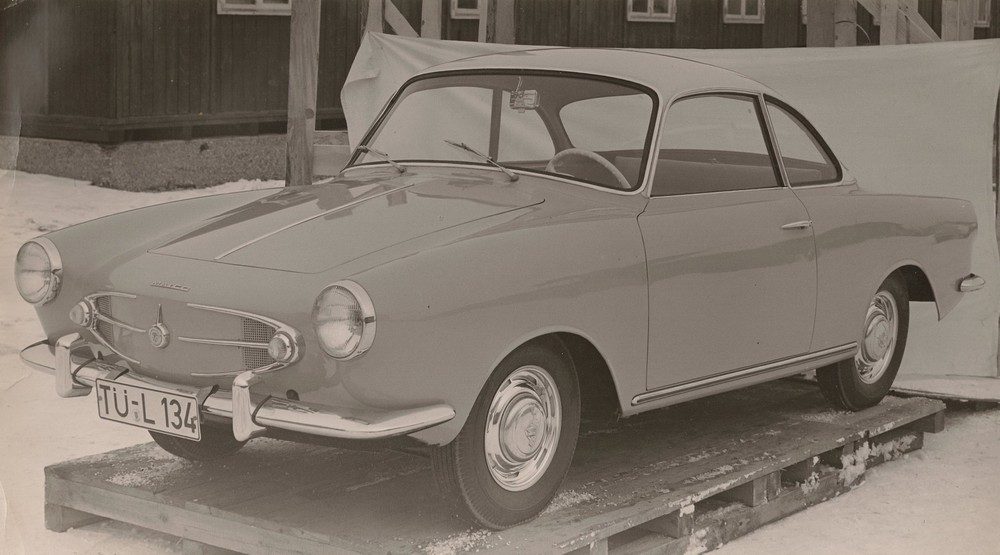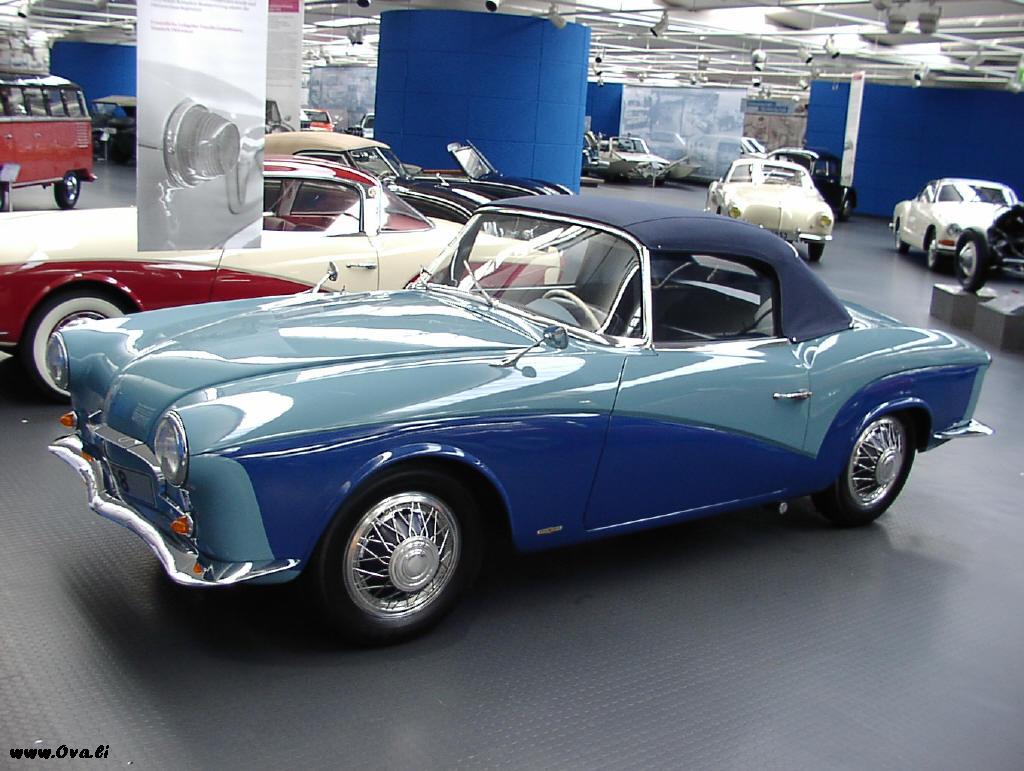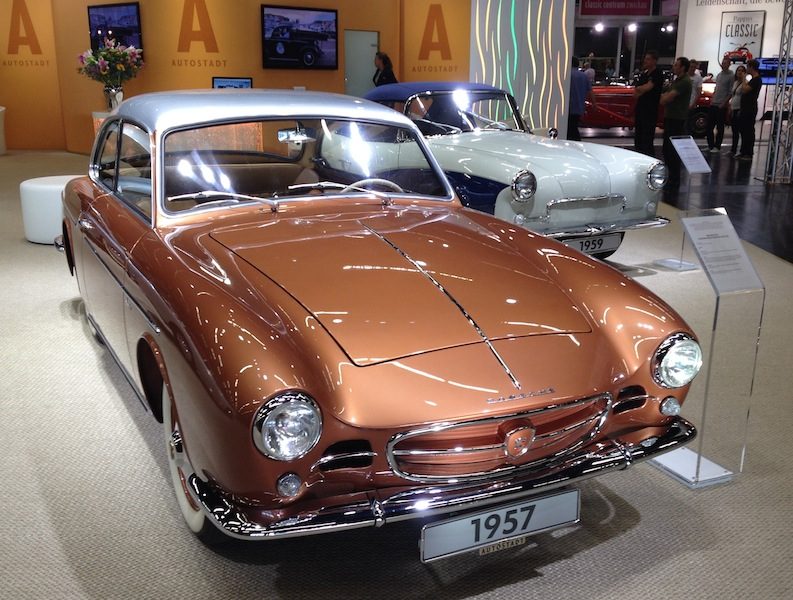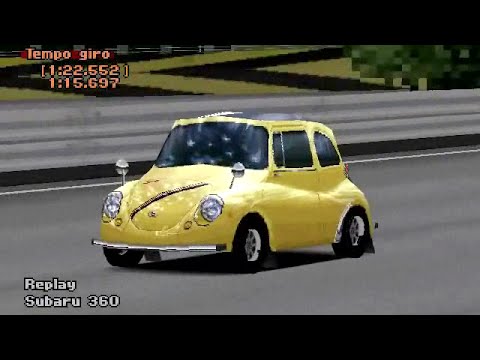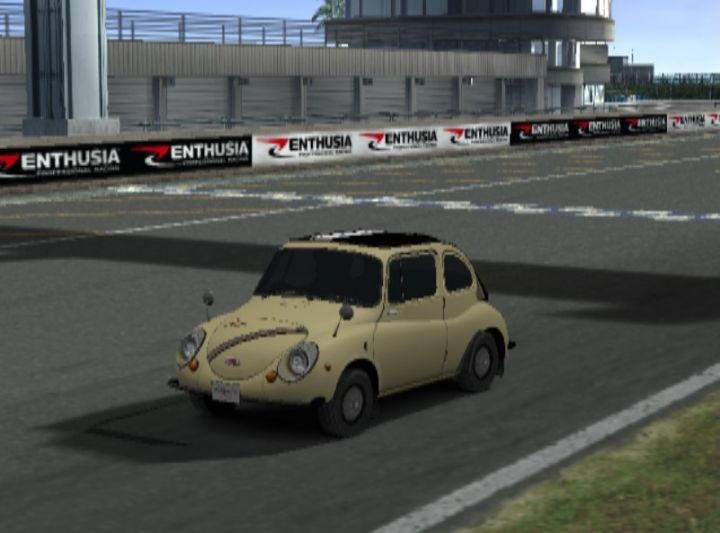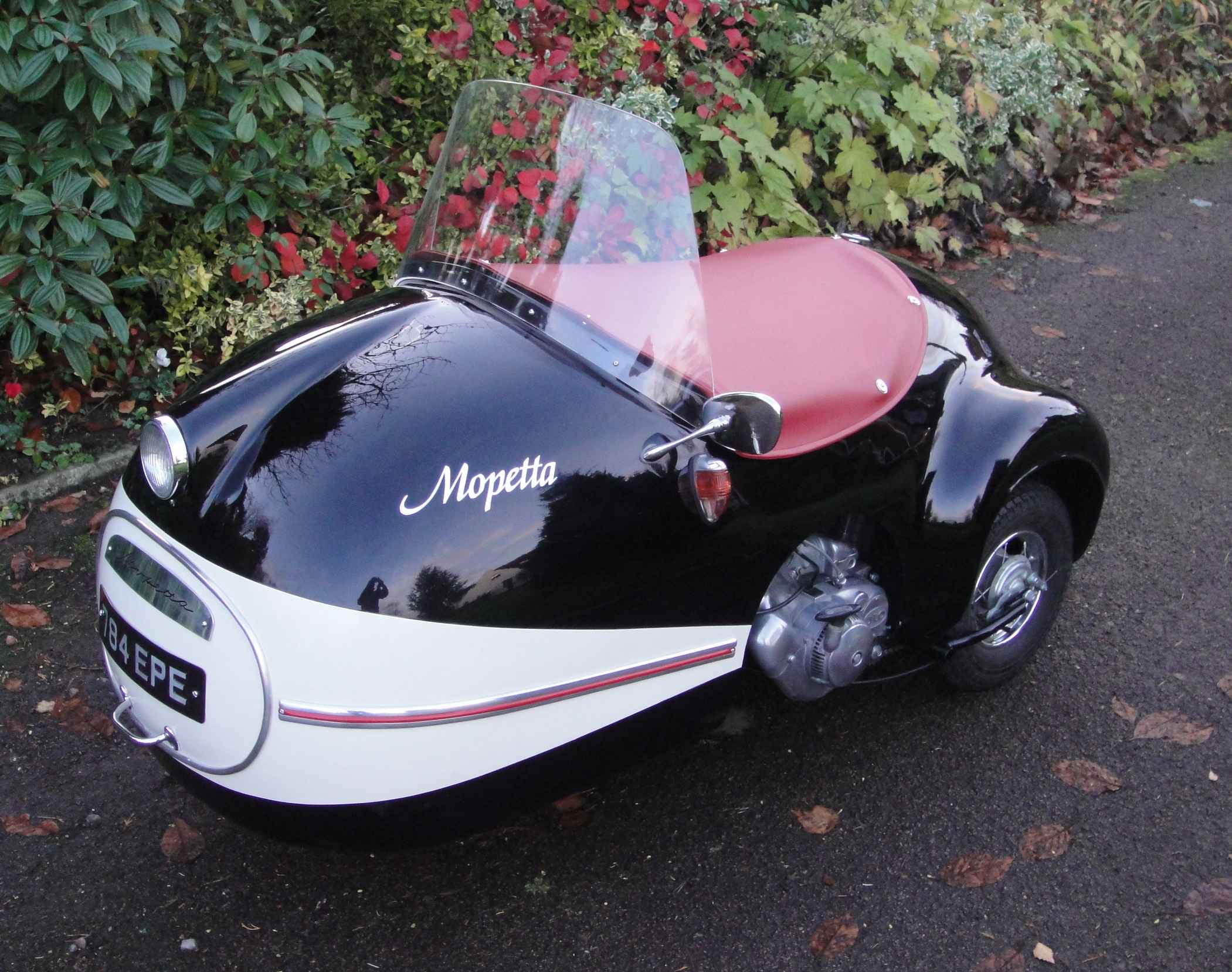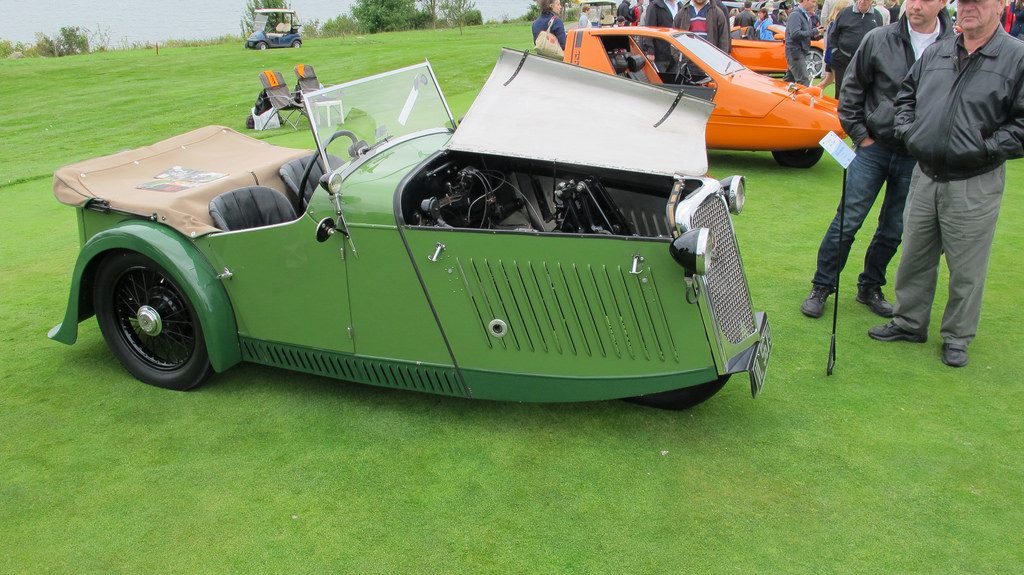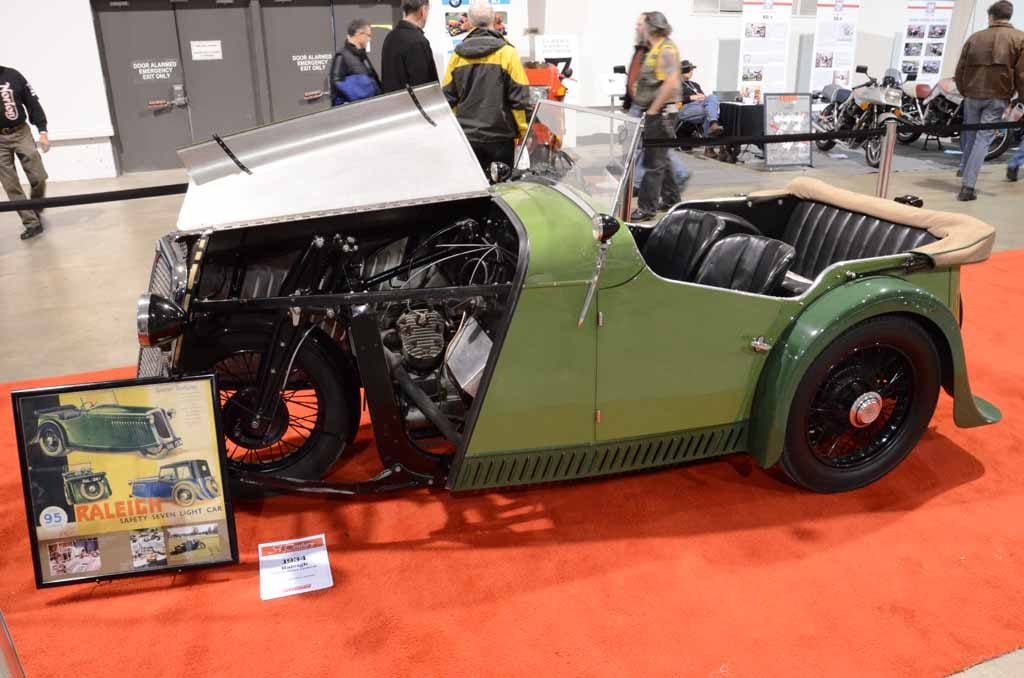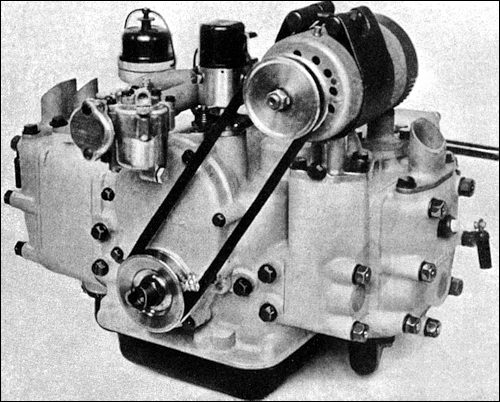Found a bunch of photos I took of a modern-day microcar I drove a few years back.
I'm a big fan of this generation Smart - I think I drove every variant short of the regular turbocharged car (the one which the US mostly got) - which means a naturally-aspirated 1-litre, the 0.8-litre turbodiesel, the 100-ish horsepower Brabus, and the model above, the Electric Drive.
The only one I didn't really like was the NA 1-litre. It didn't have enough power to overcome the Smart's primary failing, the automated manual gearbox. The Brabus was quick enough between the gears (seriously, it was quite brisk - 0-62mph in about 9sec, and consider that those 9 seconds include a few quite slow gearchanges) that each new gear felt like a new rush and it made an interesting sound, while the diesel's low-revs torque meant you changed gear less in the first place. The regular petrol though didn't have much acceleration, so every gearchange pause felt like it took an age.
The Brabus was fun in general. It was a car that really needed technique, because the stability control could cut in pretty soon. If you drove
really smoothly, then you could clip along quite nicely without waking the ESP up. The diesel was ridiculously frugal - an easy 60mpg US/70mpg UK, probably the only car that could get realistically close to my old Honda Insight on that front, and being a diesel didn't require as much technique as the Honda.
As for the Electric Drive, that felt like the ideal-world Smart. No gearchange pauses, fairly good acceleration, quiet, smooth... even the ride was probably the best of this generation Smart - I guess the weight of the batteries compressed the springs beyond an initial harsh point or something.
Above all, it was a good illustration of how useful a genuinely small car can be. It's narrow, so you feel like you have more space on the road, and you can dive through gaps you might think twice about in anything else. It's short, which means parking is the easiest thing in the world, and because it's tall-ish you don't feel as vulnerable as you might expect and there's pretty good visibility. The latest Smart is a better car but doesn't feel quite as miniature as this one (though with a tighter turning radius it's even easier to park...).


